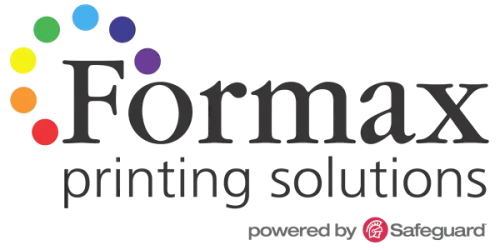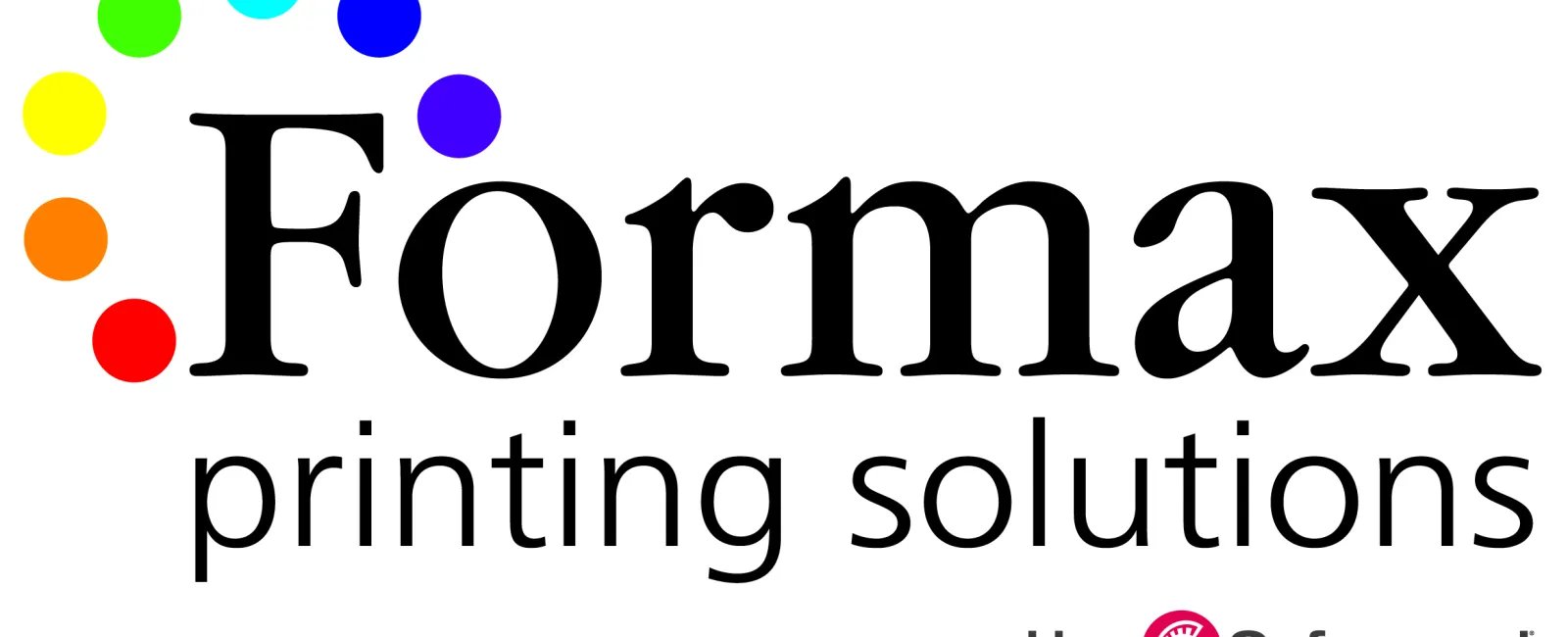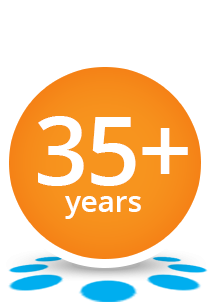Are you planning to have some books printed? Did you know you can protect and enhance the appearance of your book by having a clear coat finish applied to the cover?
A clear coat helps protect the ink and paper against most smudges and scuffs your book might incur during normal use. It also helps minimize abrasions during shipping and warehousing. Equally important, a clear coat enhances the appearance of your book's cover by providing sheen and making the ink colors appear more vibrant.
Let's examine the three most popular coating choices for the cover of your book: 1) Aqueous Coating, 2) UV Coating and 3) Lamination.
1) Aqueous Coating - GOOD
As the name implies, Aqueous Coating is water-based. Aqueous Coating is available in a variety of sheen levels and can be applied over wet ink while the book covers are still on-press. It dries fast and is environmentally friendly.
Aqueous coating is one of the least expensive coatings to apply and has good scuff resistance. However, it does not offer your book the same degree of protection as a UV coating or Laminate. I would categorize Aqueous Coating as a good coating choice.
2) UV Coating - BETTER
UV Coating is applied in liquid form, then exposed to Ultra-Violet light which bonds and dries it instantly-hence its name "UV Coating." It can be applied over the entire book cover or it can be used as a spot coating to highlight particular areas.
Many of the glossy book covers you see in bookstores have a UV coating. A high-gloss UV coating is popular because it makes the colors on a book's cover "pop" and grab attention.
Though not as tough as a plastic laminate, UV coating has excellent protective qualities. When compared to aqueous, I believe UV to be the better coating choice.
3) Laminate Coating - BEST
Lamination involves bonding a clear plastic film onto the book's cover. The plastic laminate can be glossy or matte.
Books that are handled frequently - such as those used for education, training, cooking or sales presentations - are often laminated. Also, because of its resistance to chemicals and moisture, lamination is recommended for books used in dirty or damp environments, such as equipment repair manuals or field guides.
Compared to aqueous and UV coatings, lamination costs a little more but provides the highest level of durability. In addition to protection, lamination adds strength and rigidity to a book's cover. When toughness and longevity are important factors, a Laminate coating is your best coating choice.
Do you have any additional questions about the various coatings options? Just give Formax a call. We'd be happy to recommend the best coating option for your specific book project.
Take care! Rick




